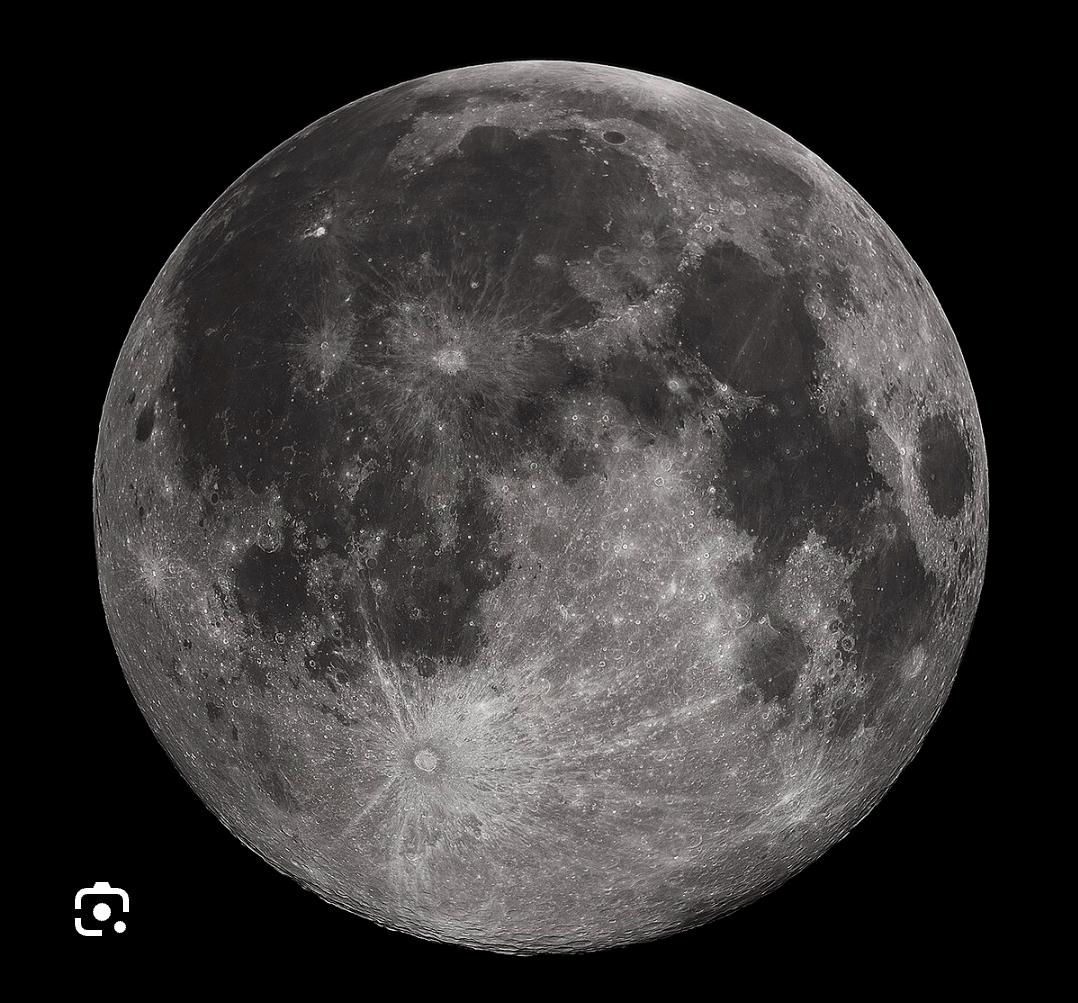Earth's moon, a rocky, airless sphere, orbits our planet at an average distance of 384,400 kilometers (238,900 miles) and is Earth's only permanent natural satellite, influencing tides and potentially stabilizing Earth's wobble.
Here's a more detailed look at the Moon:
Formation and Composition:
Origin:
The Moon likely formed from a giant collision between Earth and a Mars-sized object billions of years ago.
Debris Accumulation:
Debris from the impact accumulated to form the Moon, which was initially in a molten state.
Crust and Mantle:
Within about 100 million years, the Moon's "magma ocean" crystallized, with less-dense rocks forming the lunar crust.
Surface Features:
The Moon's surface is characterized by craters, dust, and debris from impacts, as well as ancient lava flows called maria.
Lack of Atmosphere:
The Moon has almost no atmosphere, leading to extreme temperature variations and a lack of wind and rain, preserving ancient features.
Water Ice:
Evidence suggests the presence of water ice in craters near the Moon's poles.
Orbit and Phases:
Orbital Period: The Moon orbits Earth in approximately 27.3 days, completing one orbit.
Synchronized Rotation: Earth's gravity has synchronized the Moon's rotation period with its orbital period, causing it to always show the same face to Earth.
Phases: The Moon's phases are caused by the changing angles at which the Sun illuminates different parts of its surface as it orbits Earth.
Tidal Influence: The Moon's gravitational pull is the main driver of Earth's tides.
Stabilizing Earth's Wobble: The Moon helps to stabilize Earth's wobble on its axis, contributing to a relatively stable climate.
Exploration and Future:
Human Exploration:
The Moon has been explored by humans, with 12 US astronauts walking on its surface during the Apollo program.
Future Missions:
NASA plans future missions to the Moon, including robotic sample collection and potentially human missions.
Scientific Importance:
Studying the Moon helps scientists understand Earth's past and learn about other worlds in the galaxy.

